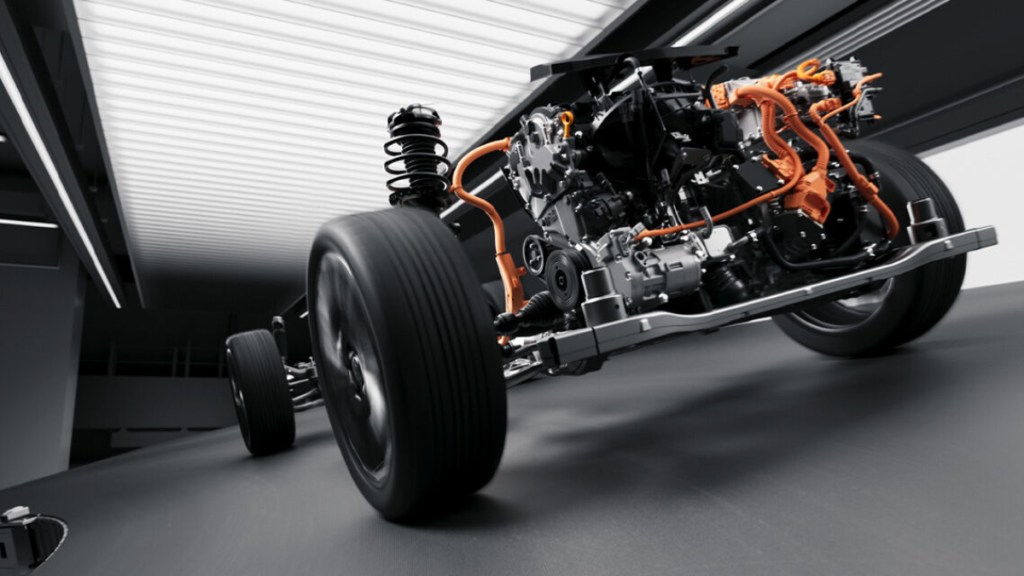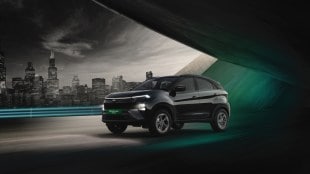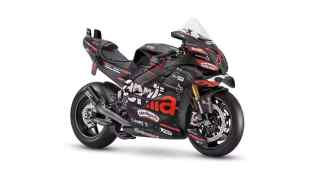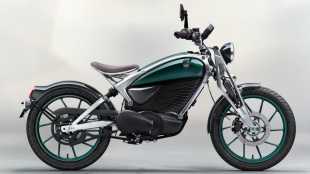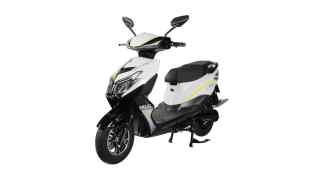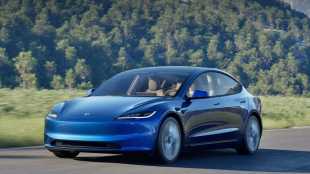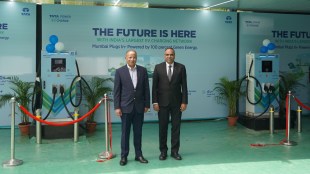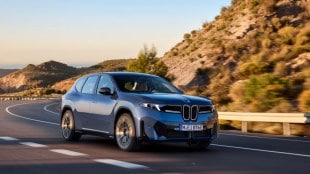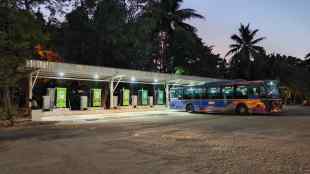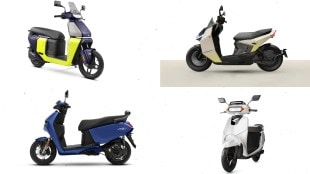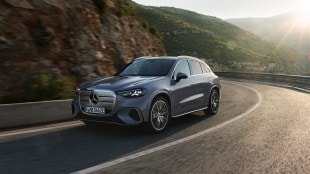With global EV sales plateauing across the globe, many OEMs are diverting their focus to hybrid vehicles. Hyundai, one of the strongest proponents of battery electric vehicles (BEVs) among legacy carmakers, has now unveiled its next generation hybrid platforms. The new next-gen hybrid system gets a new transmission which is integrated with two electric motors
The system can be paired flexibly with a wide range of internal combustion engines. It allows for optimized performance and fuel efficiency across a variety of vehicle segments. Additionally, various electrification-focused technologies have been incorporated into the next-generation hybrid system to enhance driving performance, refinement and ride comfort.
Hyundai says the next-gen hybrid technology can be utilised in a wide range of powertrains with power outputs ranging from the low 100 PS (99 bhp / 74 kW) range to the mid 300 PS (296 bhp / 221 kW) region. The first of these hybrid tech will be employed on the 2.5-litre turbocharged petrol engine which will make its debut in the new Palisade.
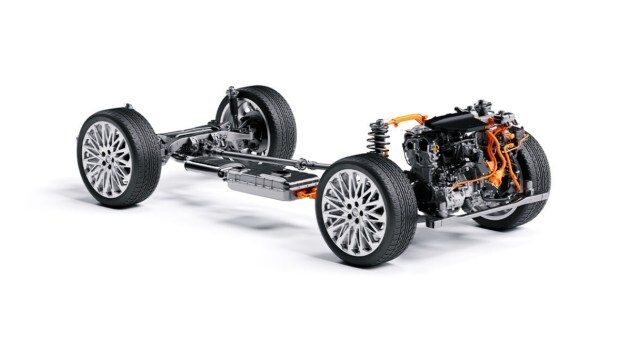
This will be followed by a 1.6-litre turbocharged hybrid petrol engine which will be a key focus for Hyundai in India. Not predicting too far ahead but if everything falls in place, then this hybrid powertrain could make its debut in the third-gen Creta which is reportedly in a development phase right now.
Hyundai next-gen hybrid tech: How it works?
The advanced hybrid architecture features a newly introduced P1 motor, which manages engine starting, battery charging, and energy delivery to support propulsion. Complementing this is the P2 motor, dedicated to driving the vehicle and capturing energy through regenerative braking.
Together, this integrated dual-motor system enhances power, boosts performance and fuel efficiency, and delivers smoother gear shifts with less noise and vibration for a more refined driving experience. The new hybrid powertrains will also include features such as Stay Mode, Vehicle-to-Load (V2L) functionality, and Smart Regenerative Braking.
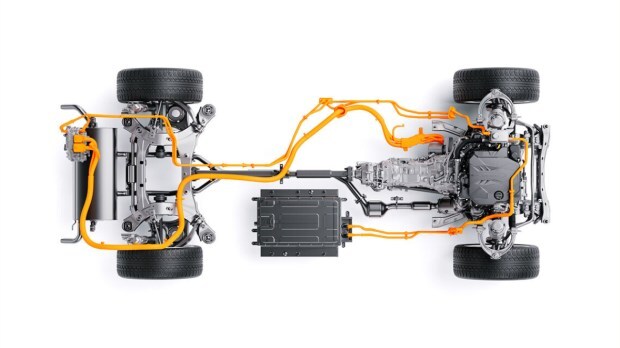
In the 2.5-litre mill, starting and generating tasks of the engine have been reassigned to the new P1 motor which results in minimising power losses. Accurate management of engine load and the output from both P1 and P2 motors keeps the engine operating in its optimal efficiency range, resulting in improved fuel economy.
In a traditional internal combustion engine (ICE), power is generated through four strokes: intake, compression, combustion, and exhaust. The hybrid system employs an ‘over-expansion cycle,’ which strategically delays the intake valve closure during compression. This approach lowers the effective compression ratio of the air-fuel mixture in the cylinder while preserving a high expansion ratio during combustion.
By reducing the energy required for compression and maximizing the energy extracted during combustion, this method greatly improves engine efficiency. Further gains are achieved through an optimized piston design and a significantly broadened triple fuel injection range, which accelerate combustion, enhance stability, and suppress knocking, further boosting overall efficiency.
Thanks to this, the claimed fuel efficiency in the Palisade is now 14.1 kmpl whereas peak power and torque outputs are rated at 330 bhp and 460 Nm, respectively. This results in approximately 45 percent greater fuel efficiency, 19 percent more maximum power, and a nine percent improvement in maximum torque compared to the current 2.5-litre engine.
Details on the 1.6-litre hybrid powertrain are limited but Hyundai says that fuel efficiency will increase by up to four percent in a “mid-size SUV” compared with previous models. Moreover, maximum rated torque output has increased from 367 Nm to 380 Nm, thus offering faster acceleration.
